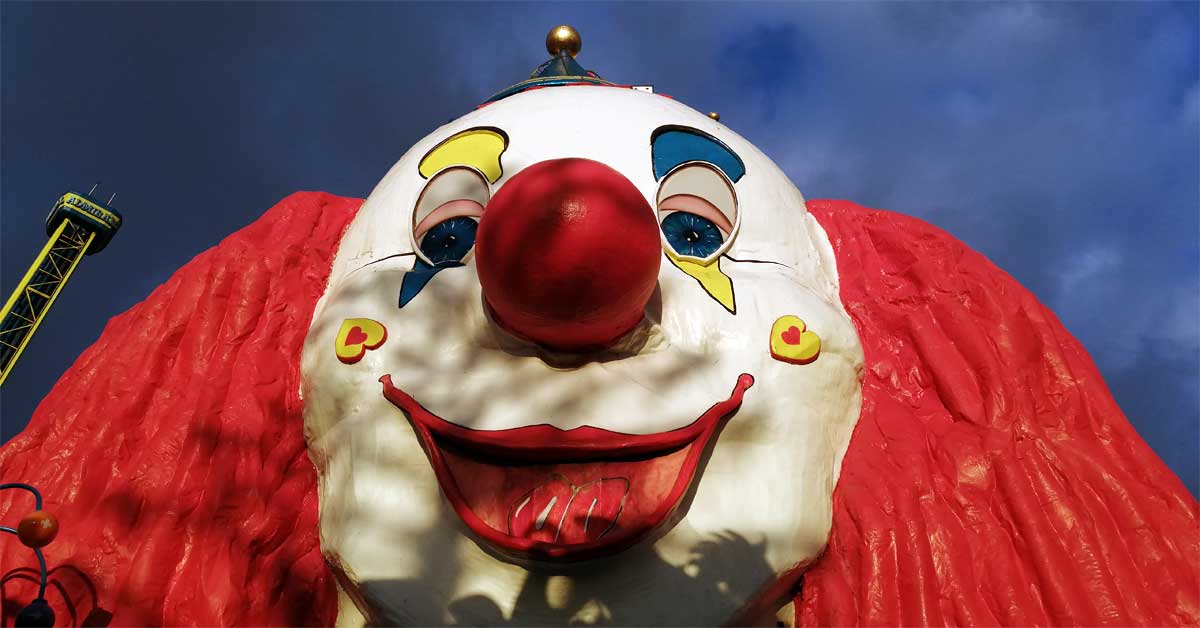

9 June 2025  Time-Honored Motifs – Too Predictable?The Wiener Fotohandel (Viennese Photo Trade Section) of the Wirtschaftskammer Wien (Vienna Chamber of Commerce) is calling for entries to its annual photo competition, running from 10 June to 1 October 2025. Under the motto "Wiener Traditionen" (Viennese Traditions), the contest invites photographers — both amateur and professional — to portray what Viennese tradition means to them. Common motifs promoted by the organizers include coffee house culture, horse-drawn carriages (Fiaker), the Prater amusement park, and Heurigen taverns — all undeniably part of the city's image. But do they still surprise anyone?These are safe, expected symbols that — in the words of locals — "haun niemanden vom Stockerl" (don't knock anyone off the podium). While emblematic, they risk being clichéd. After all, Fiaker are not unique to Vienna, and coffee culture is a global phenomenon. It's not the beverage itself that makes a photo Viennese, but perhaps the formal attire of waiters or the architectural detail inside the establishment. Similarly, storefronts around Easter or Christmas offer rich material for traditional imagery that remains underexplored. These perspectives can refresh the genre — if photographers dare to look beyond postcard tropes. Traditions Beyond the ObviousInstead of yet another Fiaker on the Ringstraße, why not capture traditions in transformation? The Easter lamb cakes in bakery windows, the paper decorations in Advent at neighborhood shops, or the silent rituals of early morning market vendors — these too are traditions with deep roots, less often photographed. Even within the usual suspects, angles matter: a Prater clown, locally known in Austrian German as a Wurstel — a buffoonish character specific to certain circus types — tells a different story than the giant wheel. The Wurstelprater, Vienna's historic amusement park, holds layers of visual heritage rarely acknowledged.The competition organizers are certainly open to diverse interpretations — yet the sample motifs on the official site seem stuck in repetition. The question remains: Must Viennese traditions always be presented the same way? This year's contest offers an opportunity to broaden the collective lens. Legal Clarity and AI RestrictionsAccording to the official participation terms, photographers must own full rights to their images, including all intellectual property. If persons are depicted, their explicit consent is required unless they appear only incidentally or as part of a larger scene. Participants are also responsible for ensuring no third-party rights (e.g., trademarks, storefronts, artworks) are infringed. This matters particularly in gastronomy venues or private retail spaces, where photographing without permission may cause legal complications. Photos selected for the final 20 are not only exhibited but used in marketing, necessitating clean legal provenance.Additionally, organizers explicitly exclude AI-generated images. Even if synthetic photos offer fewer legal risks, they don't meet the competition's goal of showcasing authentic, lived traditions. This insistence on real-world photography maintains the spirit of documentary integrity — and encourages photographers to venture out into the streets, not just into their image generators. Image: The image shows a clown face on a carousel ride at Vienna’s Prater. In Austrian German, certain types of clowns are referred to as 'Wurstel', embodying a silly, exaggerated character — distinct from the broader international notion of a clown. The Prater amusement park is colloquially called the 'Wurstelprater', a nod to these traditional comedic figures. Photo: © Fashion.at |